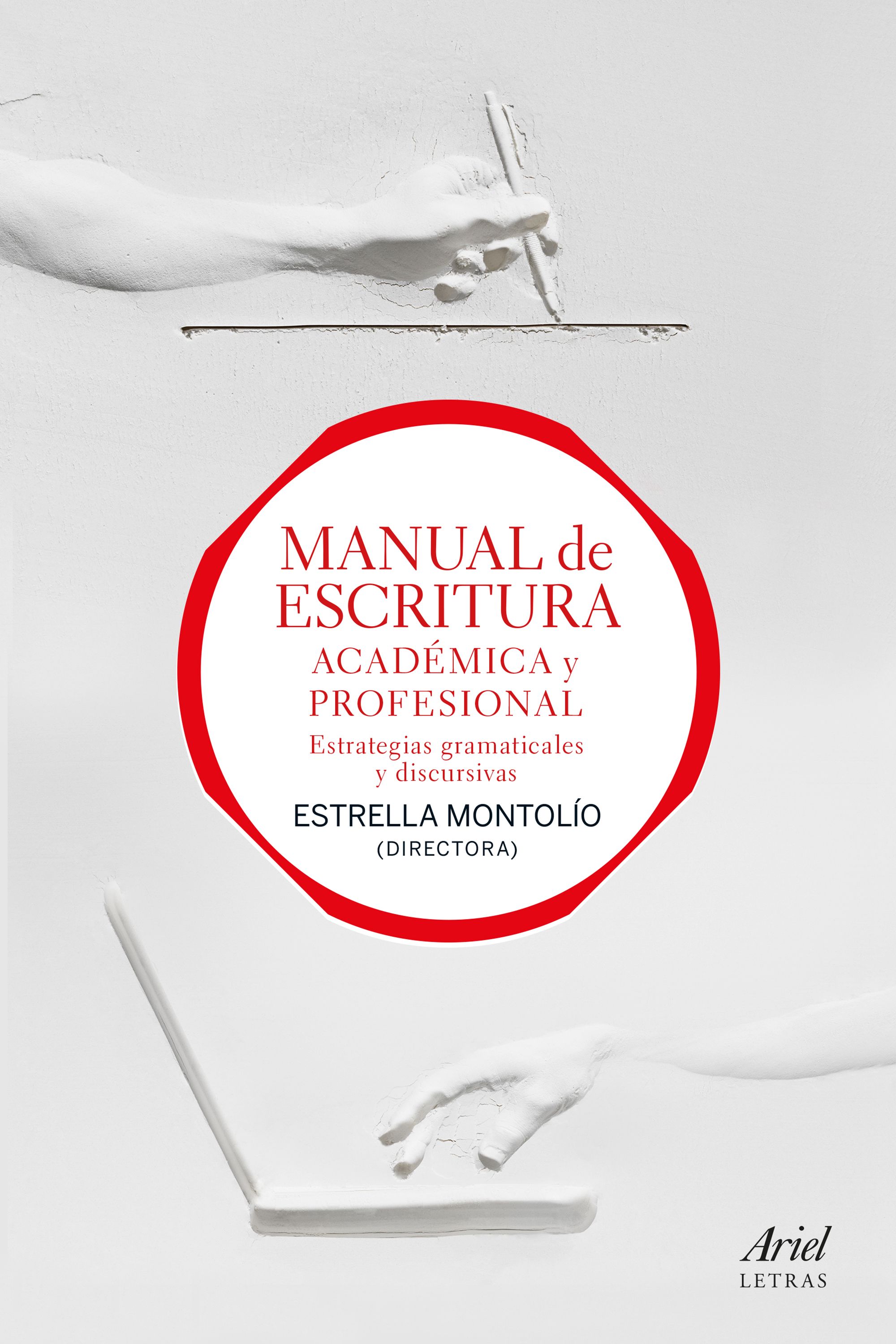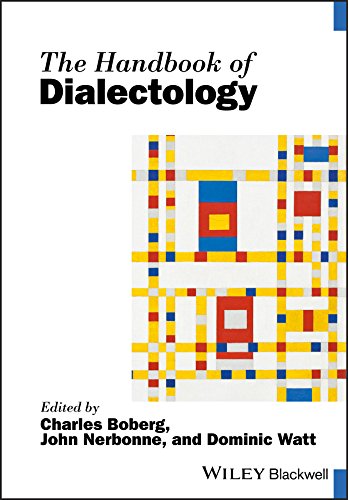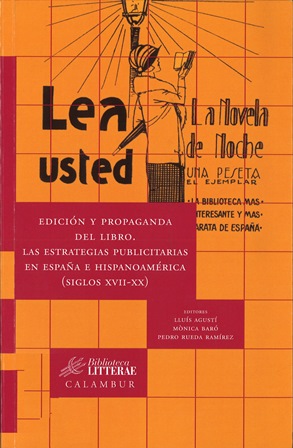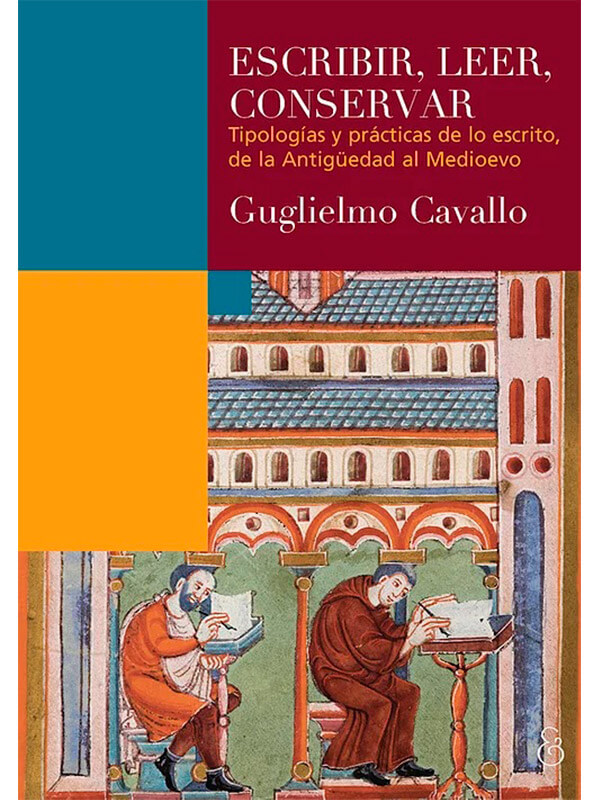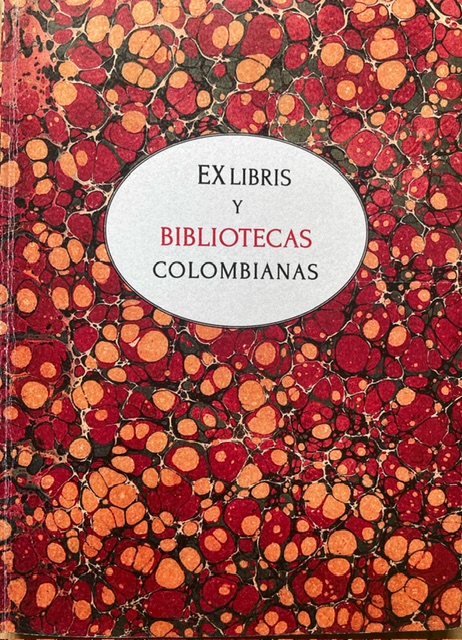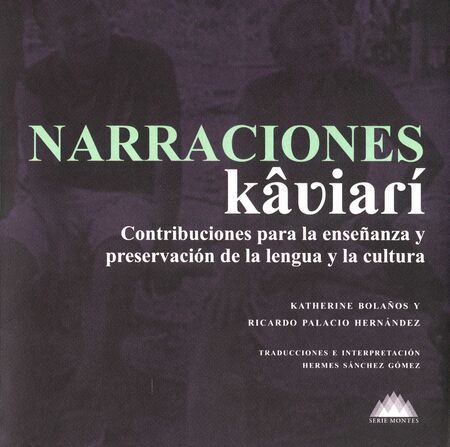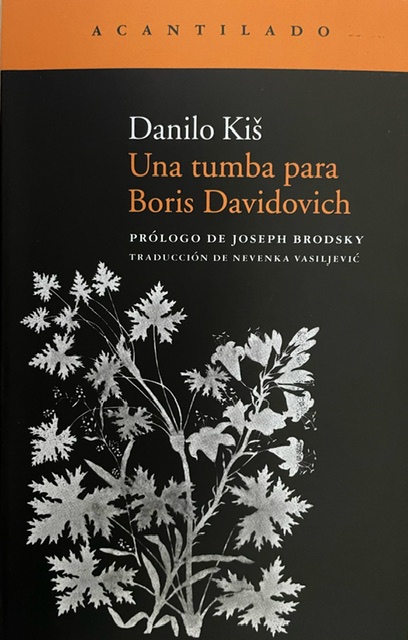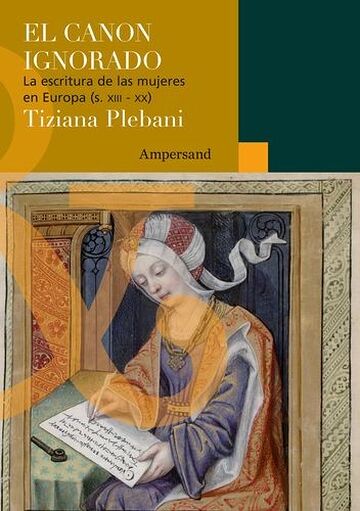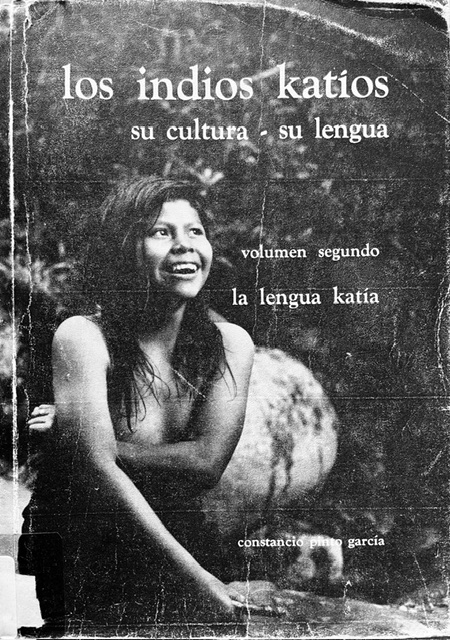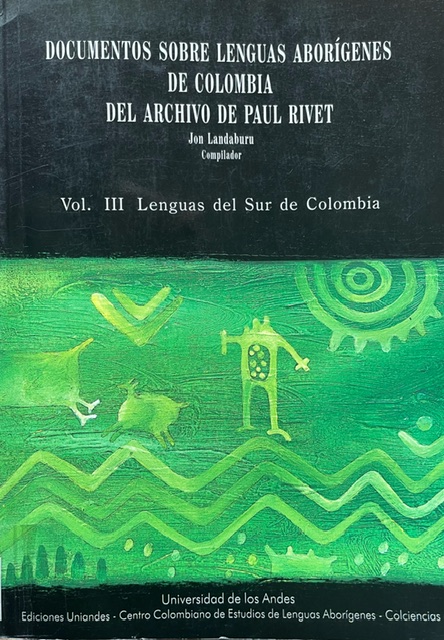| 000 -Líder |
|---|
| Campo de control de longitud fija |
04496nam a22003257a 4500 |
| 003 - Identificador del número de control |
|---|
| campo de control |
CO-BoICC |
| 005 - Fecha y hora de la última transacción |
|---|
| campo de control |
20190625102856.0 |
| 008 - Elementos de longitud fija -- Información general |
|---|
| Campo de control de longitud fija |
190129t2000 xxk||||fr|||| 00| 0 eng d |
| 020 ## - ISBN |
|---|
| Número Internacional Normalizado del libro (NR) |
9781899396115 |
| 040 ## - Fuente de catalogación |
|---|
| Agencia de catalogación original |
CO-BoICC |
| Idioma de catalogación |
spa |
| 041 0# - Código de idioma |
|---|
| Código de idioma para texto/pista de sonido o título separado |
eng |
| 082 04 - Número de clasificación decimal Dewey |
|---|
| Número de la edición |
22 |
| Número de clasificación |
428.24 |
| Signatura librística |
T253 |
| 245 00 - Mención del título |
|---|
| Título |
Teaching collocation : |
| Parte restante del título |
further developments in the lexical approach / |
| Mención de responsabilidad, etc. |
Editor: Michael Lewis |
| 260 ## - Publicación, distribución, etc. (Pie de imprenta) |
|---|
| Lugar de publicación, distribución, etc. |
Londres : |
| Nombre del editor, distribuidor, etc. |
Heinle Cengage Learning, |
| Fecha de publicación, distribución, etc. |
2000 |
| 300 ## - Descripción física |
|---|
| Extensión |
245 páginas ; |
| Dimensiones |
24 cm. |
| 504 ## - Nota de bibliografía, Etc. |
|---|
| Nota de bibliografía, Etc. |
Incluye referencias bibliográficas. |
| 505 0# - Nota de contenido con formato preestablecido |
|---|
| Nota de contenido con formato preestablecido |
Introduction. -- Primera parte: In the classroom. -- There is nothing as practical as a good theory / Morgan Lewis. -- Introduction. -- Learners don't learn what teachers teach. -- Knowing a word is complicated. -- The intermediate plateau. -- The grammar-vocabulary dichotomy is invalid. -- Advanced English. -- Leave 'used' language alone. -- Some classroom activities. -- Action research. -- Conclusion. -- Collocation - encouraging larger independence / George Woolard. -- Introduction. -- Collocation. -- Raising awareness of collocation. -- Highlighting and teaching collocation. -- Choosing key words. -- The independent learner and learner strategies. -- Resources: dictionaries. -- Resources: corpora and concordances. -- Lexical notebooks. -- Word grammar. -- Summary. -- Revising priorities: from grammatical failure to collocation success / Jimmie Hill. -- Language and lexis. -- Language and learning. -- What is collocation?. -- Collocation competence. -- Collocations, idioms and phrasal verbs. -- Collocation and grammar. -- Why is collocation important?. -- Collocation in texts. -- Teaching collocation. -- Choosing which collocation teach. -- Pedagogical implication. -- Summary - less grammar, more lexis. -- Integrating collocation into a reading & writing course / Jane Conzett. -- Background. -- The need to build vocabulary. -- Explicit vocabulary study. -- The missing link: collocation. -- The need for guidance from the teacher. -- Make students aware of collocation. -- Review and testing. -- Concordances for teachers and students. -- Conclusion. -- Classroom strategies, activities and exercises / Jimmie Hill, Morgan Lewis and Michael Lewis. -- Introducing collocation to learners. -- General strategies. -- Activities - exploiting a text. -- Activities - using a collocation dictionary. -- Exercises. -- Your own exercises. -- Summary. -- Calloway's Code. A short story by O. Henry. -- Segunda parte: Background theory. -- Language in the lexical approach / Michale Lewis. -- Descriptions of English. -- Intuition and evidence. -- Terminology. -- From idioms to idiomaticity. -- Collocation. -- Colligation. -- Other multi-word expressions. -- Words. -- The central role of 'of'. -- Grammar. -- Lexis. -- Collocation and testing. -- Necessity for change. -- Summary. -- Learning. -- in the lexical approach / Michael Lewis. -- Introduction. -- Two kinds of knowledge. -- Acquisition and noticing. - -Noticing. -- The importance of examples. -- Acquisition is non-linear. -- Which is fundamental - lexis or structure?. -- The lexical challenge to methodology. -- What do we mean by 'level'?. -- Teaching paradigms. -- The Lexical Aapproach and the Natural Approach. -- Towards a learning theory. -- Summary. -- Materials and resources for teaching collocation / Michael Lewis. -- Choosing texts. -- Genre. -- Subject-specific language. - -Language corpora. -- Concordances. -- Reference materials. -- Summary. -- Collocation and testing / Peter Hargreaves. -- Introduction. -- How do we define different levels?. -- Testing vocabulary knowledge. -- Grammatical patterns and collocations in testing. -- Sources - native speaker corpora and dictionaries. -- Sources - the learner corpus (CLC). -- Approaches to testing collocation. -- Summary. -- A world beyond collocation: new perspectives on vocabulary teaching / Michael Hoey. -- Learning new words. - -Why word list are dangerous. -- The importance of context. -- Semantic prosody. -- Colligation. -- Concordancing. -- Summary. |
| 541 ## - Nota de fuente inmediata de adquisición |
|---|
| Fuente de adquisición |
IMPOSOLUCIONES |
| Método de adquisición |
Compra |
| Fecha de adquisición |
14/08/2018 |
| Precio de compra |
Factura - 087 |
| 591 ## - Áreas temáticas |
|---|
| Áreas temáticas |
Lenguaje y lenguas |
| 650 17 - Asiento secundario de materia -- Término temático |
|---|
| Fuente del encabezamiento o término |
ARMARC |
| Término temático o nombre geográfico como elemento de entrada |
Inglés |
| Subdivisión general |
Enseñanza |
| 650 04 - Asiento secundario de materia -- Término temático |
|---|
| Término temático o nombre geográfico como elemento de entrada |
Inglés |
| Subdivisión general |
Colocaciones |
| -- |
Enseñanza |
| 700 1# - Asiento Secundario--Nombre personal |
|---|
| Nombre personal |
Lewis, Michael, |
| Término de relación |
editor |
| 700 1# - Asiento Secundario--Nombre personal |
|---|
| Nombre personal |
Conzett, Jane, |
| 700 1# - Asiento Secundario--Nombre personal |
|---|
| Nombre personal |
Hargreaves, Peter, |
| 700 1# - Asiento Secundario--Nombre personal |
|---|
| Nombre personal |
Hill, Jimmie, |
| 700 1# - Asiento Secundario--Nombre personal |
|---|
| Nombre personal |
Hoey, Michael, |
| 700 1# - Asiento Secundario--Nombre personal |
|---|
| Nombre personal |
Lewis, Morgan, |
| 700 1# - Asiento Secundario--Nombre personal |
|---|
| Nombre personal |
Woolard, George, |
| 942 ## - Tipo de Material (KOHA) |
|---|
| Tipo de Item |
Libros |




